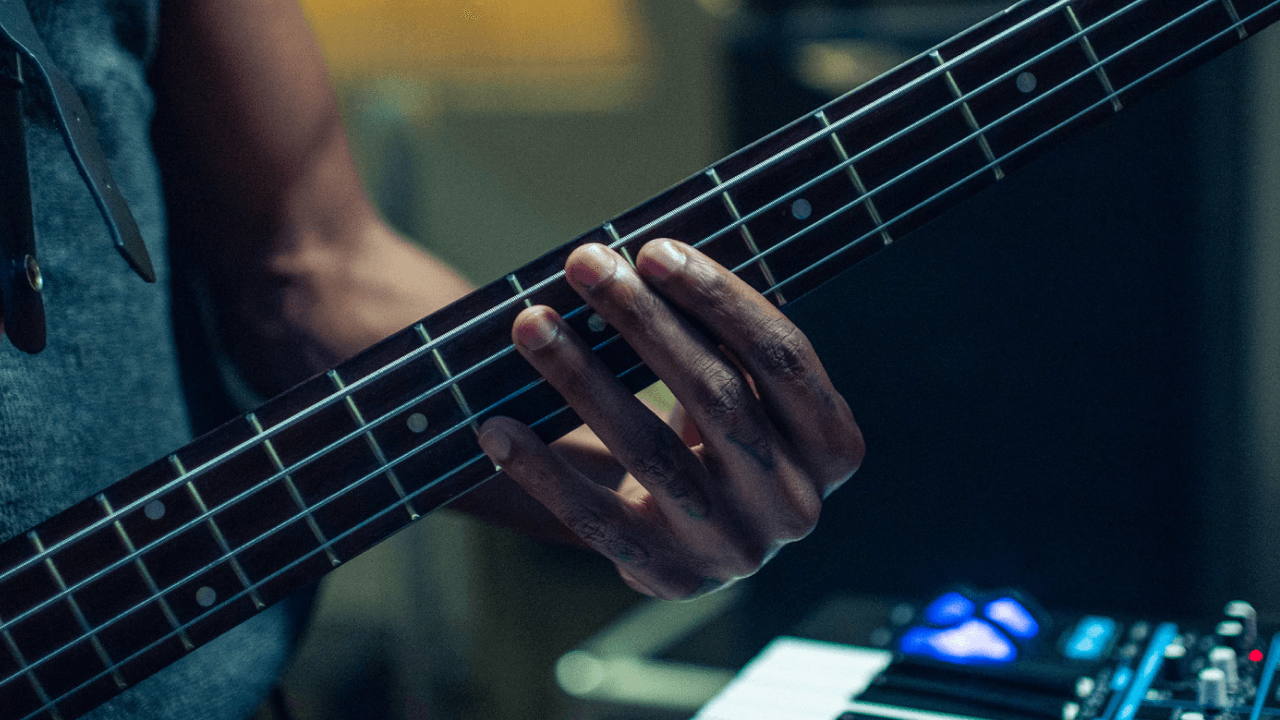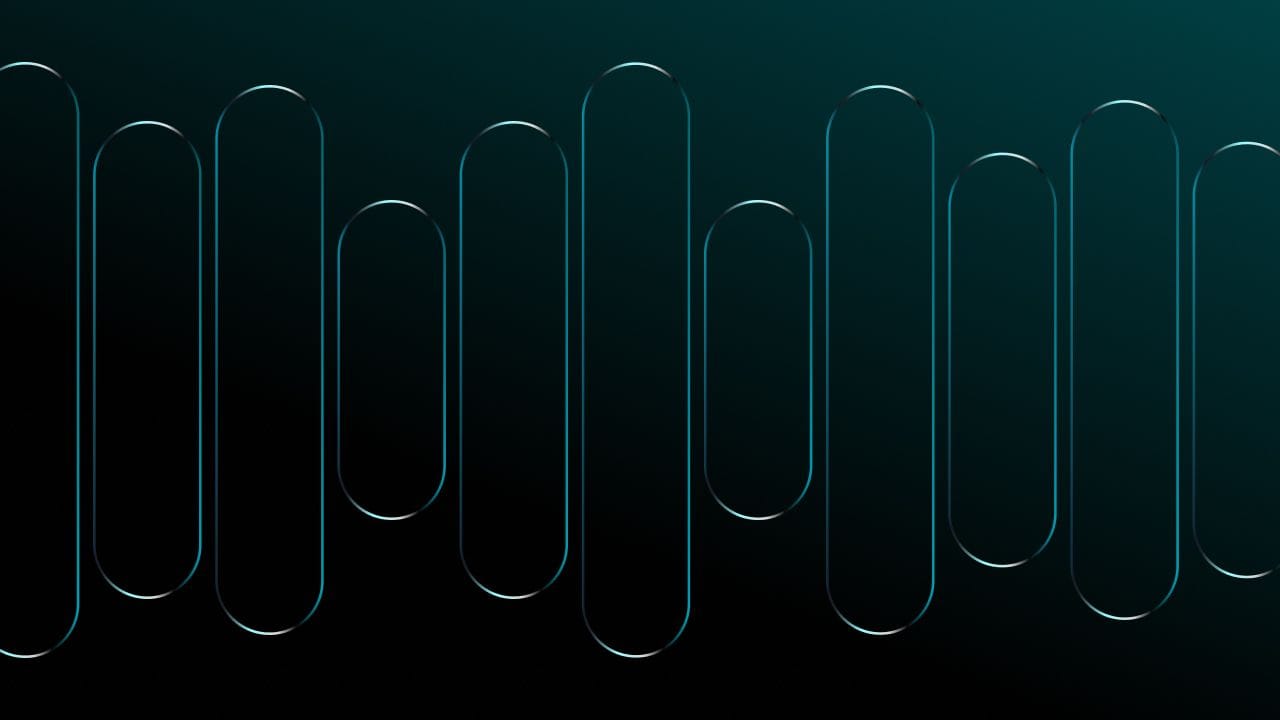From John Lennon to John Legend, Bach to Beck, our greatest songwriters have all used one common music theory tool in their craft: chord progressions.
But what exactly are chord progressions, and why should musicians and songwriters care so much about them? To answer these questions, let's delve into the basics of chord progressions, their impact on songwriting, and how they can be employed on various instruments to great success.
Chord Progressions: What Are They?
At their core, chord progressions are a succession of chords played one after another in a particular order. But on a deeper level, these progressions serve as the building blocks of songs; the canvas where songwriters can paint with melody, harmony, and emotion. Beyond serving as the foundation of a song, a chord progression has the power to evoke particular emotions, create deliberate moods, or set some serious vibes for the song as well. When used skillfully, they become more than just a repeating pattern of chords but can also take listeners on a musical journey carefully crafted by the songwriter.
Common Ground: The Most Common Chord Progressions
A songwriter can choose from an almost endless number of chord progressions when writing a song. However, some progressions have become certified classics. Defying genre and era, here are four of the most common chord progressions, all of them a great place to get started if you're beginning to write songs of your own.
- I-IV-V-I: Perhaps the most common progression in Western music, often found in rock, pop, and blues. In the key of C major, this would be C (I), F (IV), G (V), and back to C (I).
- I-V-vi-IV: Widely used in pop music, this progression can be found in hits like "Let It Be" by The Beatles. In C major, it translates to C (I), G (V), A minor (vi), and F (IV).
- ii-V-I: A staple in jazz, providing a smooth and satisfying resolution. In C major, this would be D minor (ii), G (V), and C (I).
- I-vi-IV-V: This progression soared in popularity with the classic love songs and doo-wop tunes of the ‘50s and has been used by many songwriters ever since. In C major this would be C (I), A minor (vi), F major (IV), and G (V).
The Impact: What Makes Chord Progressions So Important?
It’s easy to overlook chord progressions' impact on making a song great. Here are just a few roles they play behind the scenes of your favorite songs.
Emotional Power: Even the simplest progression can set a song's emotional tone. A major chord progression can evoke joy, transcendence, or triumph within its sequence, while a minor progression often evokes feelings of melancholy, tension, or regret.
Song Structure: Progressions also provide the structural framework that every song needs. They guide the listener through the musical narrative of a piece while delivering a pattern and predictability that can be incredibly satisfying.
Melodic Reinforcement: Chords, which are several notes played in harmonious unity, provide the perfect backdrop for melodies. Thus, a strong chord progression becomes the ideal base for creative and intuitive melodies to be built upon, be it a vocal hook, a guitar solo, or a synth line.
Outside the Box: Songwriters can also experiment with unconventional progressions to develop their own unique sound and style. Subverting expectations when it comes to chords can lead to interesting and, in some cases, revelatory musical moments.

Across all Instruments: Using Chord Progressions on Whatever You Play
Chord progressions aren't limited to any single instrument. No matter the melodic instrument you play, you can utilize progressions to enhance your songwriting skills.
- Guitar: Rock and roll was built on simple chord progressions struck across the strings of an electric guitar. The guitar's versatility allows it to strum full chords, pick arpeggios, or play power chords, each approach opening inventive ways to progress chords.
- Piano: Because of its wide range and ability to play multiple notes simultaneously, the piano is an ideal instrument for experimenting with complex progressions. Pianists can easily visualize and modify chord shapes and inversions to create powerful and often unique chord structures and progressions.
- Bass: The bass often follows the root notes of chords as they move through a progression. However, bassists can also incorporate chord tones and passing notes to add harmonic interest, turning a simple progression into something new and unique.
- Strings and Horns: These instruments can play full chords or single lines that complement the progression. Arrangements for strings or horns can enhance a song's emotional impact and depth.
- Electronic Instruments: Synthesizers and digital instruments offer endless possibilities for creating and modifying chord progressions.
Unlock the Magic
Understanding and mastering the art of chord progressions is a crucial component of a songwriter’s toolkit. By setting the structure and the emotional tone of a song, a strong progression will then make room for the songwriter to unlock endless creative potential and craft music that resonates with their listeners. Whether you're strumming a guitar, plunking the keys of a piano, or producing within a DAW, when you use the power of chord progressions, you begin playing with magic. Have fun!
Written by Jesse Stanford, Company Cue







